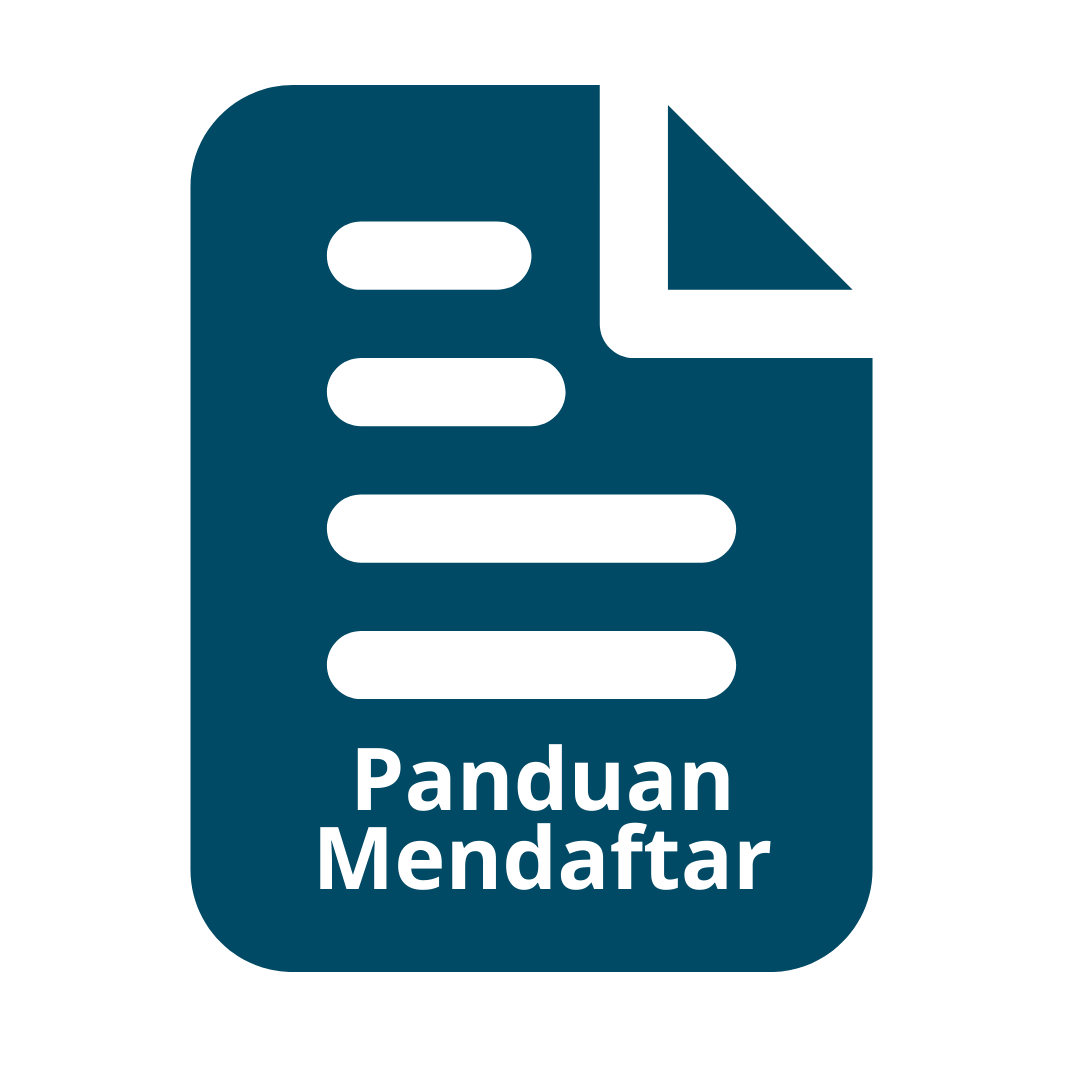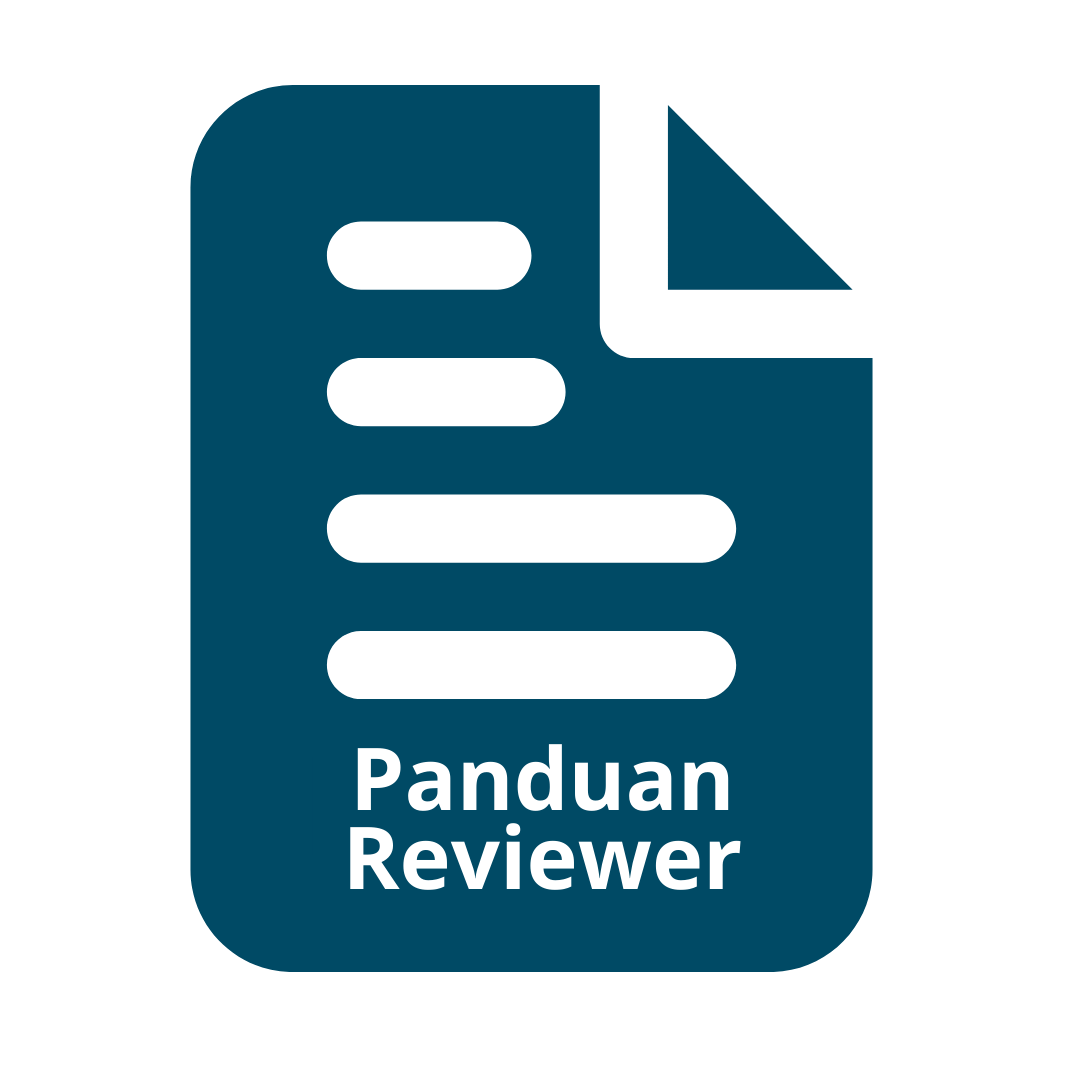STUDY OF OLIGO CHITOSAN IN EFFORTS TO IMPROVE THE GROWTH QUALITY OF SHALLOT (Allium ascalonicum L.)
Abstract
This research is intended to answer the obstacles in the cultivation techniques of shallots, especially in overcoming the low quality of growth, which in turn affects the yield and production of onions. In this experiment, spraying three types of frequency and four kinds of oligo-chitosan concentrations was tried throughout the growing onion period. Oligo-chitosan as a supplement, is given to the onion plants periodically, in various concentrations, in three different types of oligo-chitosan spraying, which they are (F1) given to plants aged 15 DAP and 45 DAP; (F2) given to plants aged 15 DAP, 30 DAP, and 45 DAP; and (F3) given to plants aged 15 DAP, 25 DAP, 35 DAP, 45 DAP. The oligo-chitosan concentration consists of four kinds of concentration, consisting of 0 ‰ (K0) as a control, 1 ‰ (K1), 2 ‰ (K2) and 3 ‰ (K3). The experiment was carried out in the field using a polybag, with a completely randomized environmental design with a 95% accuracy level. To determine the effect of treatment on the quality of growth of shallots, diversity analysis was carried out. From preliminary observations, it shows that the onion bulb growing power as a seed is quite good, while the treatment using oligochitosan gives significant results on increasing plant vigor, compared to not using oligochitosan. As for further observations that at plant height, the number of leaves and the number of tillers up to 50 days after planting, although it does not show any real effect of the treatment that was tried, but it can be suspected that the more frequency treatment given oligo-chitosan, more gives a better chance of yield than a few frequencies, while an oligo-chitosan concentration of 1 ‰ is sufficient to improve the quality of plant growth, then it can be expected that F2K1 will give higher tuber yields.
Keyword: shallot, oligo-chitosan spraying frequency, oligo-chitosan concentration
Keywords
Full Text:
PDFReferences
Anonim, 2017. USDA Food Composition Databases, Jakarta.
Biro Pusat Statistik, 2010. Statistik Luar Negeri Indonesia. Ekspor 2010. Biro Statistik, Jakarta.
BPS dan Direktorat Jendral Hortikultura Kementan, 2015. Statistik Ekspor dan Impor 2015. Biro Statistik, Jakarta.
BPTP, 2003. Budidaya Bawang Merah, Yogyakarta, 24 hal.
Boonlertnirun S, Boonraung C, Suvanasara R. 2008. Application of chitosan in rice production. Journal of Metal, Materials, and Mineral 18:7-52. http://ditjenbun.pertanian.go.id/. Diakses pada tanggal 26 Maret 2018 pukul 15.05
Darmawan, 2016. Oligo Khitosan sebagai Plant Elicitor dan Zat Pemercepat Tumbuh Tanaman. BATAN Jakarta.
Dinas Pertanian dan Kehutanan Bantul. 2003. Perbenihan Bawang Merah (Allium ascalonicum, L.) Varietas Tiron Bantul. Leaflet Informasi.
Direktorat Perbenihan, 2005. Kebijakan Perbenihan Tanaman Hortikultura. Seminar Nasional Perbenihan III. Yogyakarta, 10 September 2005. 20p.
Dirjen Perdagangan Dalam Negeri Kementerian Perdagangan, 2017. Profil Komoditas Barang Kebutuhan Pokok dan Barang Penting, Komoditas Bawang Merah, Cetakan ke 16. Jakarta.
Direktorat Bina Produksi Hortikutura (2006), [ Sumber: http//www.deptan.go.id/horti/2007/-produksibawangmerah.3htm]
Djajadirana, S. 2000. Kamus Dasar Agronomi. Murai Kencana. Jakarta. 283 p.
Knorr, D., 1984. Use of chitinous polymers in food- A challenge for food research and development. Food Technology. 38 (1): 85-97
Kumar MNR. 2000. A review of chitin and chitosan aplication. J. Reac and Func Poly. 46 :1-27p.
Noviazan. 2005. Petunjuk Pemupukan Yang Efektif. Jakarta. AgroMedia Pustaka.
Nugroho P., Sumarwoto, dan Waluyo A., 2016. Aplikasi Oligo Khitosan dalam Upaya Peningatan Hasil Padi (Oryza sativa, L.) Varietas Bestari, Skripsi., Fakultas Pertanian UPN “Veteran” Yogyakarta, Yogyakarta.
Pitojo, S. 2003. Perbenihan Bawang Merah. Kanisius. Yogyakarta. 88p
Pusat Penelitian dan Pengembangan Hortikultura. 2005. Kebutuhan Teknologi Hortikultura. Badan Penelitian dan Pengembangan Pertanian. Jakarta. 21 p.
Rahayu, E. dan Barlian V.A. 1994. Bawang Merah. Penebar swadaya, Jakarta, 4-47h.
Rahmawati, N.F., Sumarwoto, dan Solichah, C. 2009, Peranan pupuk KNO3 dan N-Balancer pada Pertumbuhan dan Hasil Tanaman Bawang Merah (Allium ascalonicum, L.) Varietas Biru. Skripsi, Fakultas Pertanian UPN ”Veteran” Yogyakarta, Yogyakarta.
Rinsema, W. T. 1993. Pupuk dan Cara Pemupukan. Bhratara. Jakarta. 92 hal.
Samadi, B. dan Cahyono B., 2005. Intensifikasi Budidaya Bawang Merah. Kanisius, Yogyakarta, 9-25 h.
Subandi. 2009. Penangkar Benih Bawang Merah di Bantul (Komunikasi Pribadi)
Suptijah, P., E. Salamah, H Sumaryanto, S, Purwaningsih dan J. Santoso, 1992. Laporan Penelitian Jurusan Pengolahan Hasil Perikanan, Fakultas Perikanan, IPB. Bogor.
DOI: https://doi.org/10.31315/agrivet.v25i2.4300
DOI (PDF): https://doi.org/10.31315/agrivet.v25i2.4300.g3205
Refbacks
- There are currently no refbacks.
Indexed by:









